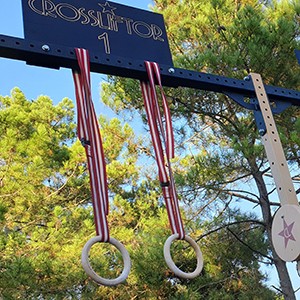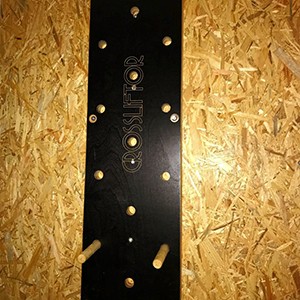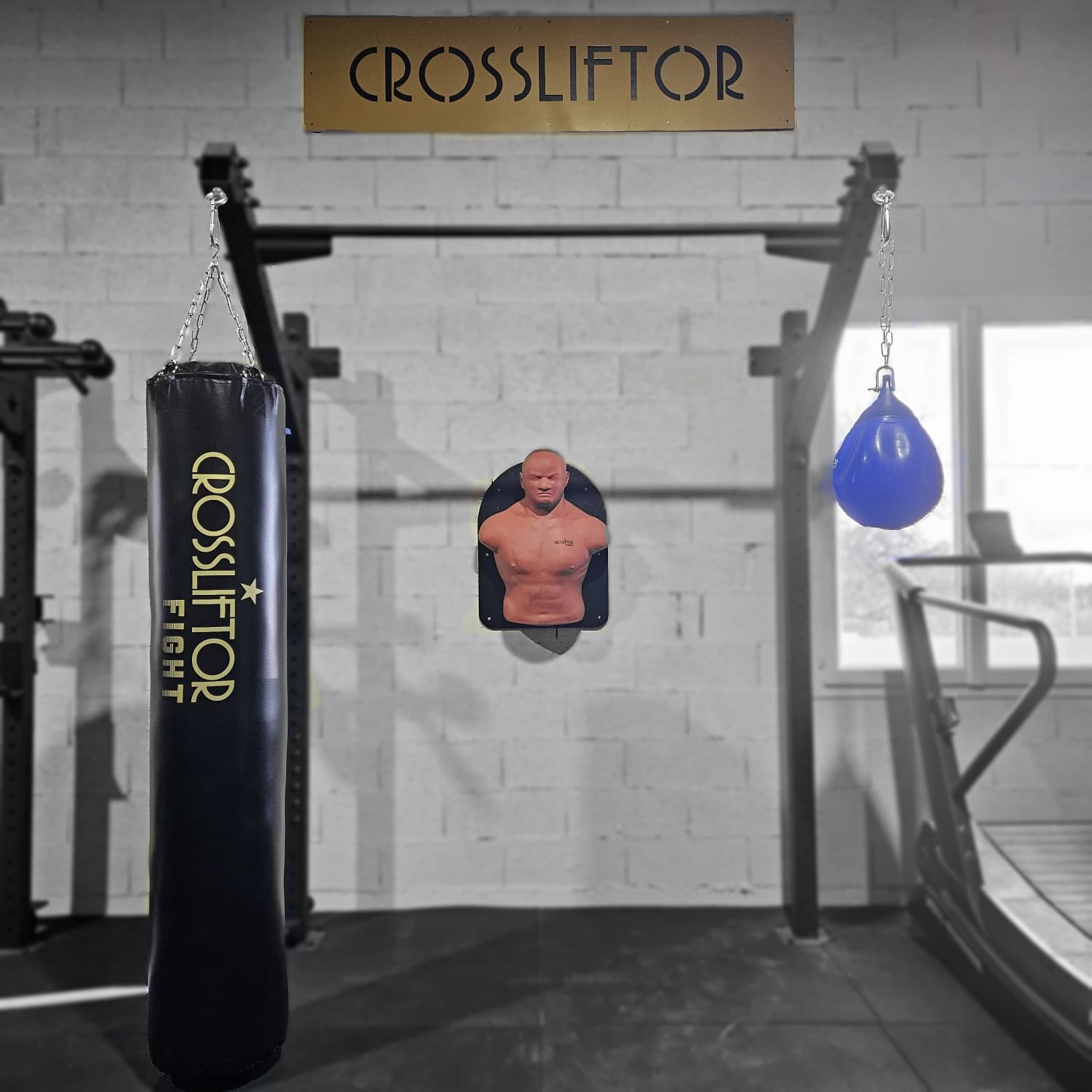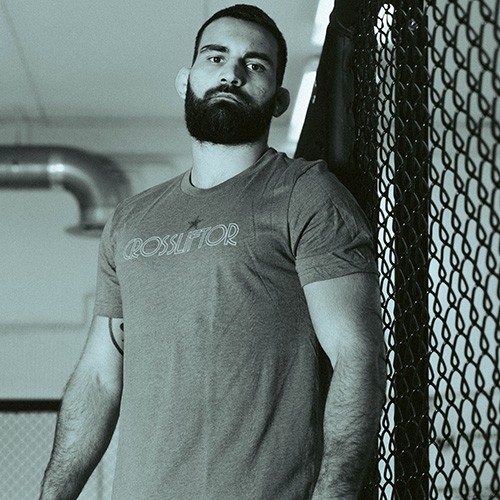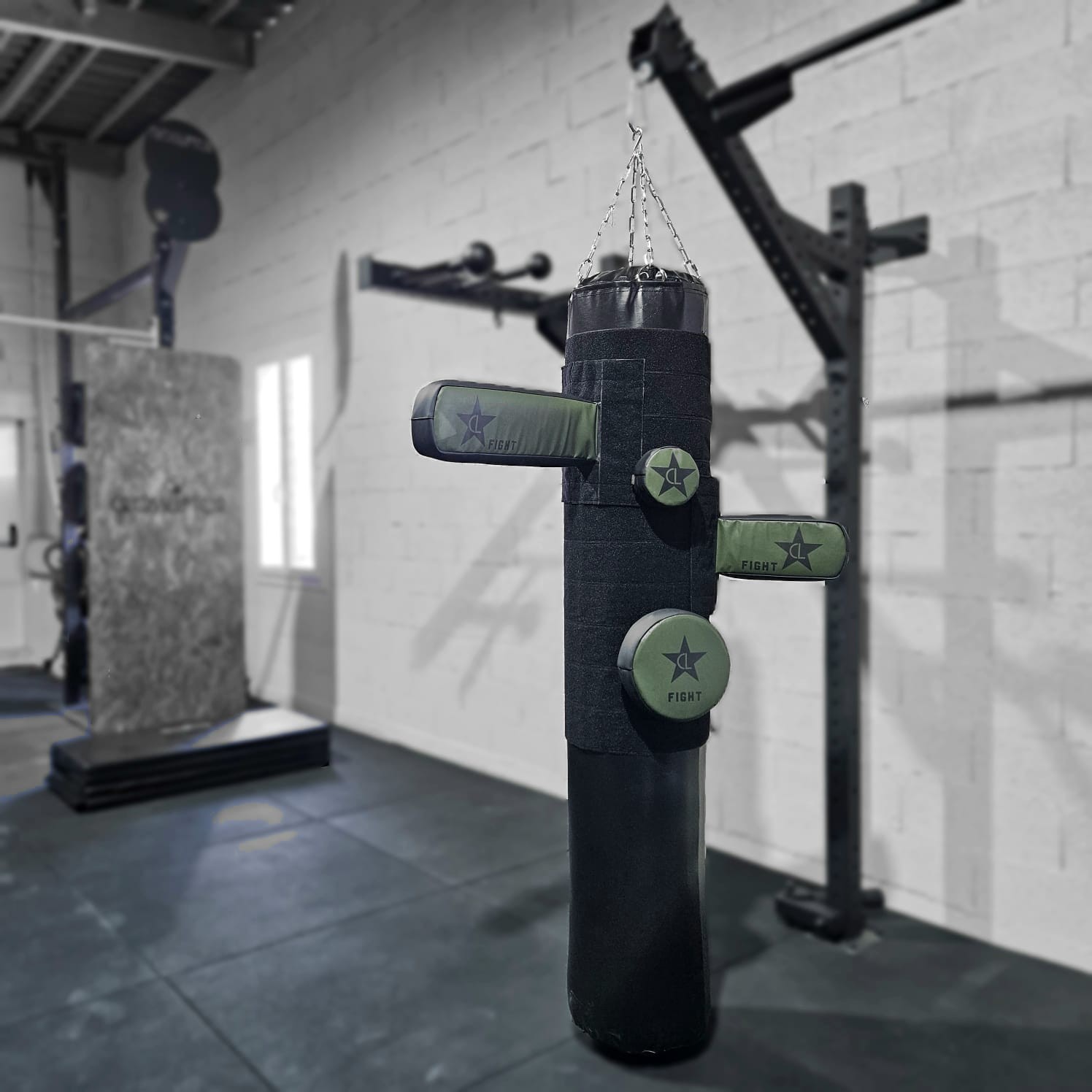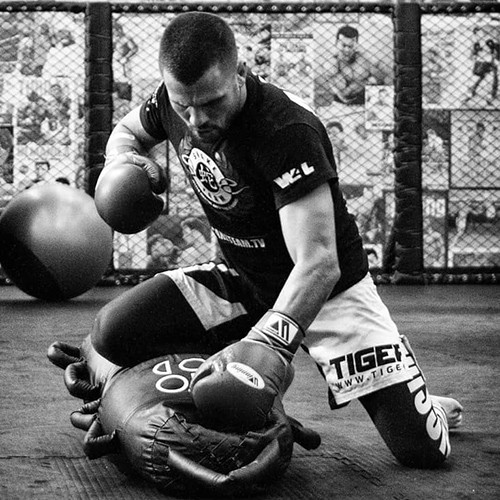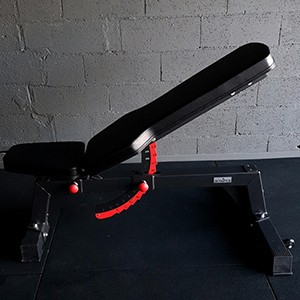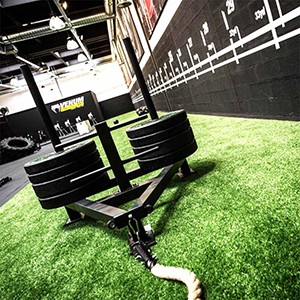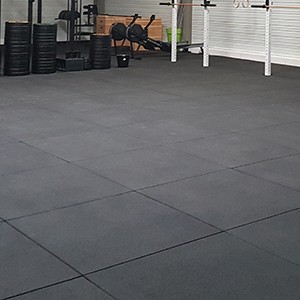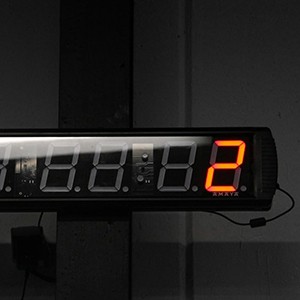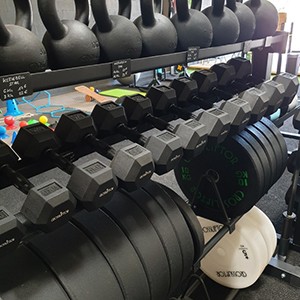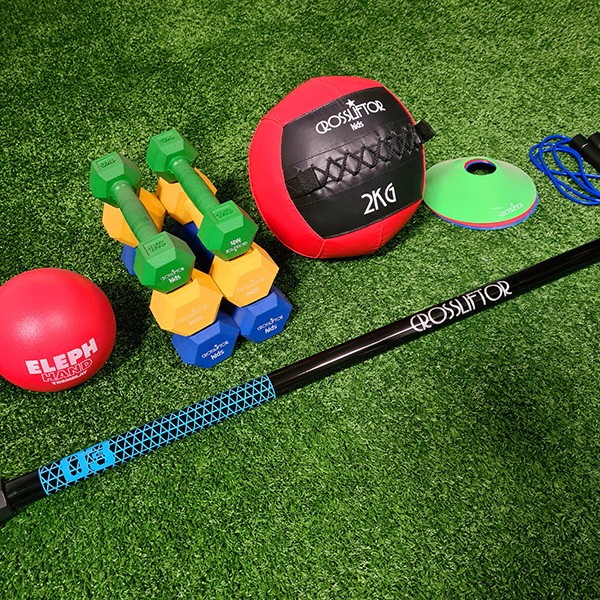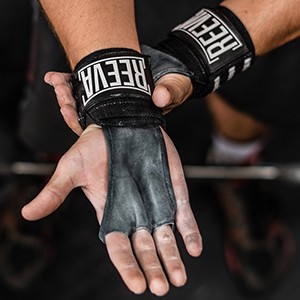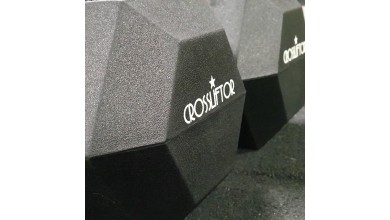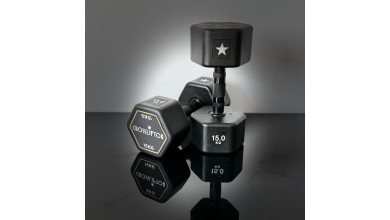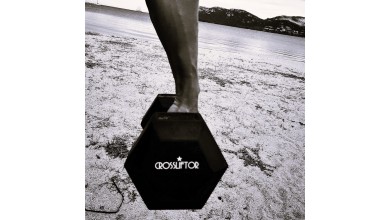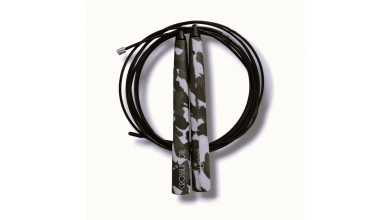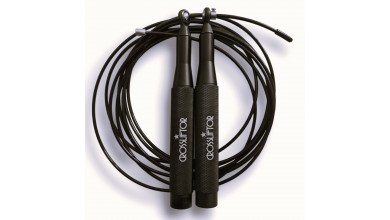The best chest exercises – with dumbbells - Crossliftor
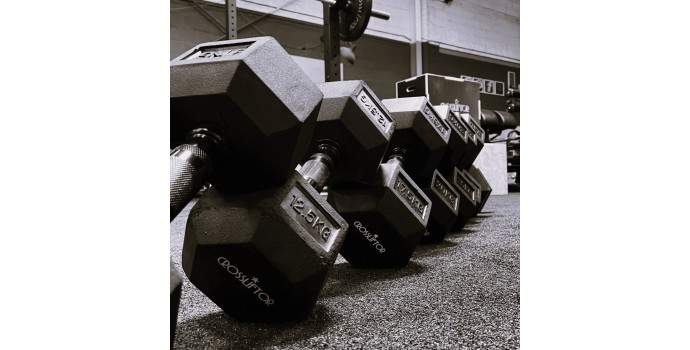
Whether you're working out in a gym or at home, it's sometimes difficult to carry out complete, high-quality sessions. Either because there are too many people and all the machines and racks are taken, or because it's hard to invest a large enough budget to equip yourself entirely at home.
In this context, dumbbells are among the most functional and versatile pieces of equipment, affordable from a price point of view, easy to transport and taking up little space. But how do you train?
We've put together a selection of some of the best dumbbell exercises for pectorals.
Horizontal bench press
Execution, tips and best practices
The horizontal dumbbell bench press is a variation on the traditional barbell bench press. Easy to include in any weight-training program, it helps to build pec muscle, with a more complete movement, especially for athletes with relatively short arms compared to the width of their rib cage.
Before starting the exercise, be sure to warm up your body, especially the upper part, and start with light loads before gradually increasing as the workout progresses.
To perform this dumbbell exercise, you need to maintain a strict position on the bench to ensure that the workout is effective and does not cause injury to the pectoral, triceps or shoulder muscles. Sit on the bench with your back as flat as possible, dumbbells in your hands, palms facing forward. Extend your arms above your head, perpendicular to your chest; bend your elbows at 90°, holding the descent while inhaling. When flexing, don't let your arms drop too low, as this could tear your pectoral muscles. As you exhale, straighten your arms above your head again, controlling the ascent. Wrists should be unlocked, back in neutral position and feet firmly planted on the ground, knees at 90°. Repeat the exercise in 4 sets of 10 movements (progressive according to your bodybuilding expectations, equal or more for hypertrophy, fewer sets for strength work).
Strength also comes from the legs, even in this recumbent position. Push down on your feet, raise your lower back slightly and press down on your upper back.
What weight for the dumbbell bench press?
As always, we advise you to start your training with a dumbbell weight suited to your level of strength and experience. To do this, determine your maximum, i.e. your physical limits in terms of lifting and repetitions. Then adjust your training weights according to your objectives, always respecting your body's capabilities, without fear of injury. You don't need to impress other people, one thing at a time. Build solid foundations to last over time.
There's no one-size-fits-all load for beginners; some are capable of lifting 20kg dumbbells, while for others, a 5kg barbell can be a daunting challenge. Weight training is a progressive sport, in which patience and concentration are essential to develop a solid technique.
Inclined bench press
Execution, advice and best practices
The incline bench press is an exercise that works the upper pectorals, triceps and shoulders. The position is identical to the traditional bench press, except that the bench is inclined at 30°, which changes the angle between the chest and the arms. Lie on your back, feet flat on the floor, legs wide enough apart. Hold a dumbbell firmly in each hand, wrists pronated (thumbs facing each other) then, as you exhale, raise the dumbbells above you, arms straight, without locking the elbows. On the inhale, the descent should be controlled while the elbows are flexed, the chest open and the back flat against the backrest.
The greater the angle of the bench, the greater the workload on the pectoral muscle. Don't exceed 45° and avoid using weights that are too heavy, especially for beginners. During the exercise, the elbows must not go below the chest, otherwise you'll put pressure on the joint system! Thighs should be at 90°, preferably with knees locked. Finally, don't include this exercise at the end of your workout, as it's very energy-intensive for the body. Isolation exercises such as the one below are preferable.
What weight for the dumbbell incline?
Here again, it's impossible to determine a universal load that's right for all bodybuilders. Calculate your maximum and adapt your sessions progressively to improve strength and reinforce muscle fibres. If you're a beginner, start with an 8-10 kg dumbbell in each hand; for the more experienced, use dumbbells weighing 20 kg or more, depending on your current strength and personal goals. Don't hesitate to ask the advice of a coach, who can give you practical tips to avoid weakening your upper muscles during training (shoulders, biceps, triceps, pectorals).
Prone: isolation exercise
Execution, advice and best practice
Ideal at the end of a workout to work on isolation exercises, the split lunge is performed as follows:
- Lie on the bench in the prone position.
- Extend your arms (with a slight bend in the elbow) above your chest.
- Inhale, spread your arms apart, keeping the same angle.
- On the exhale, your shoulders and pectoral muscle allow you to bring your arms up, elbows locked so as not to alter the angle.
- Do 4 sets of 8 to 12 repetitions, depending on your objectives.
Focus on the correct execution of the movement rather than the load of the dumbbell, to optimize the effectiveness of the exercises during strength training.
What weight for the split?
For beginners, a 6kg dumbbell is sufficient to familiarize yourself with the movement. As training progresses, you'll be able to increase the load to a dozen kilos. But don't be in a hurry: patience and rigor will provide you with a solid foundation for gradual, effective and controlled progress.
The pullover exercise
Execution, advice and best practices
The pull-over exercise builds back and pectoral muscles. Lie flat on the bench, knees bent at 90°. With your feet flat on the floor, grasp the end of a dumbbell above your chest, arms slightly bent. Slowly bring the dumbbell towards the back of your head, elbows bent, until you feel a stretch in your chest and shoulder muscles. Then, on the exhale, raise the dumbbell to eye level. Be careful to keep your back flat and avoid resting your neck on the bench, to avoid neck injury. 4 x 10 repetitions.
What weight should I use for this exercise?
The weight is identical to that used for the bench press. Gradually increase the weight as you master this exercise, considered uncomfortable by experienced exercisers. Be careful to grip the dumbbell tightly so that it doesn't slip out of your hand as it passes overhead.
Barbell hammer grip bench press
Execution, tips and best practices
The hammer grip bench press is identical to the traditional bench press (with dumbbell or barbell), except that the wrists are not pronated or supinated, but in the hammer grip. This is equivalent to rotating the fists outwards through 90° pronation, so as to align the thumbs with the forearms. The execution tips remain the same, namely to maintain good body stability while lying on the bench. In addition, ensure a controlled descent of the dumbbells until they touch the chest. Contract all chest and shoulder muscles, oxygenating the body through inhalation and exhalation.
Which weight for the hammer grip?
Start with a light dumbbell that you'll increase as the movement is performed cleanly. Enlist the help of a bodybuilding professional to establish sets of repetitions suited to your level of fitness.
Benchless exercise with dumbbells
For non-bench exercisers, it's possible to build up your pectoral muscles with 5 different exercises: the standing chest press, the standing chest fly, the inverted chest press on the floor, dumbbell push-ups or the pullover with a stability ball. All these exercises work the chest muscles with dumbbells. Your triceps will also be systematically stimulated.
How to work your pectoral muscles with dumbbells? FAQ
What is the most effective movement for pectoral muscles?
The most widespread and effective movement for working several muscles, and specifically the pectorals, is the dumbbell bench press. Even if it's not the most effective way of targeting the pectoral muscle, it's optimal for safely developing overall upper-body strength.
Why work the pecs with dumbbells rather than a barbell?
Working the pecs with dumbbells helps to correct symmetry problems with barbell exercises, particularly for beginners. What's more, the instability induced by the greater freedom of movement with dumbbells than with barbells will force you to work harder on your stabilizing muscles.
An example of a dumbbell pecs session.
- Dumbbell bench press: 4 sets of 10/12 repetitions
- Incline press: 4 sets of 10/12 repetitions
- Horizontal lunge: 4 sets of 10/12 repetitions
- Pull-over: 4 sets of 10/12 repetitions.
Finish with 4 sets of either a biceps or triceps exercise.
Count on an average of 4 to 5 exercises in a specific session, with 4 sets each. As for repetitions, they depend on your objectives: strength training, weight gain, explosiveness. In all cases, take care to perform each exercise within your body's natural limits.

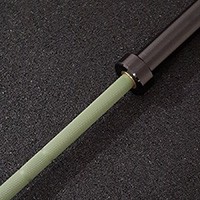
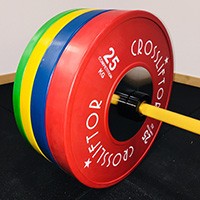
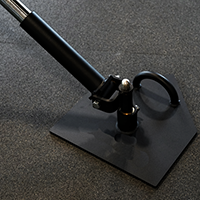
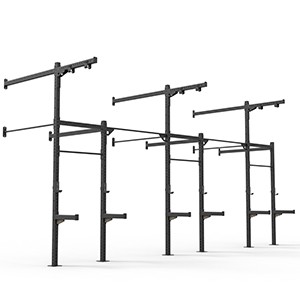
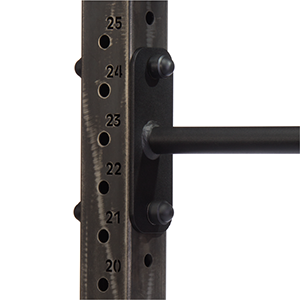
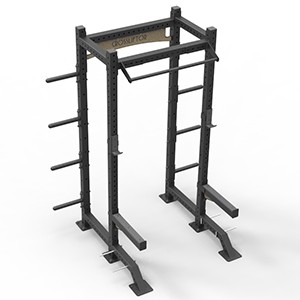
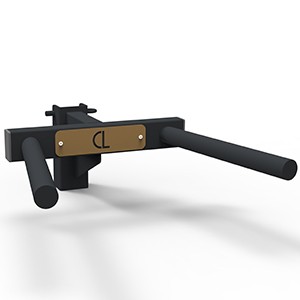
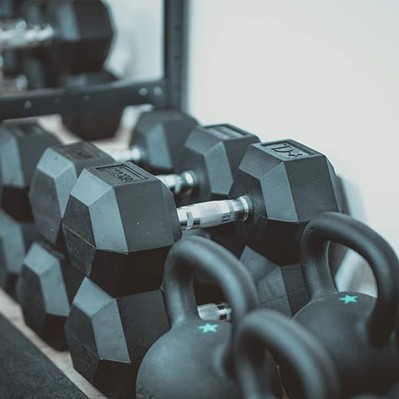
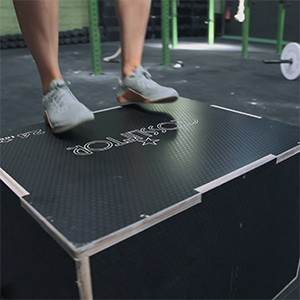
 (1).jpg)
